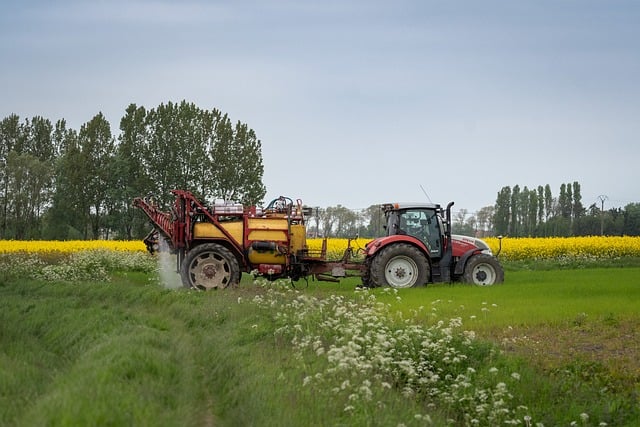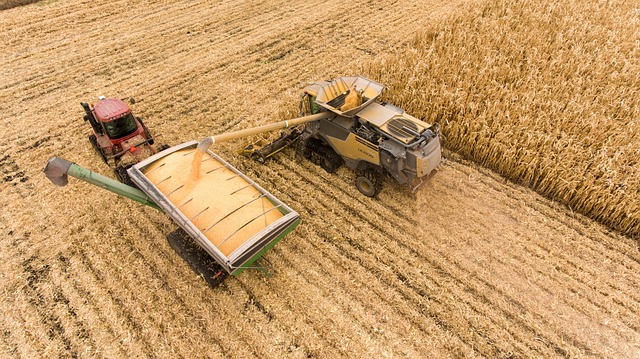Understanding the Landscape of Agricultural Risks
Farming is more than just a profession; it’s a way of life that requires resilience, adaptability, and deep knowledge. Every farmer faces a complex web of agricultural risks that can impact their livelihood, from unpredictable weather patterns to fluctuating market prices. Recognizing these challenges is the first step toward navigating them effectively.
Weather and Climate: The Unpredictable Forces
Weather-related risks are often the most daunting. Droughts, floods, frosts, and storms can devastate crops and disrupt planting and harvesting schedules. With climate change intensifying these events, farmers must invest in strategies like crop diversification, soil conservation techniques, and advanced weather forecasting tools to reduce vulnerability.
Pests and Diseases: The Invisible Threats
Crop health can be compromised by pests and diseases, which sometimes strike with little warning. Integrated Pest Management (IPM) practices, regular monitoring, and the use of resistant crop varieties empower farmers to minimize losses while reducing reliance on chemical pesticides. Being proactive in identifying threats helps protect both yields and long-term soil health.
Market Fluctuations and Financial Pressures
Price volatility for agricultural products often leaves farmers grappling with uncertain incomes. Understanding market trends, engaging in futures contracts, or participating in cooperative marketing groups can help stabilize earnings. Additionally, maintaining a solid financial plan and exploring crop insurance options act as financial buffers when unpredictable shifts occur.
Challenges in Technology and Infrastructure
Adopting new farming technologies can both mitigate and introduce risks. While precision agriculture tools enhance efficiency, the initial costs can be high. Furthermore, inadequate infrastructure—such as poor roads or limited storage facilities—can increase post-harvest losses and affect market access. Farmers should carefully evaluate new technologies and advocate for better infrastructure to strengthen their operations.
Emotional and Physical Well-being
The continuous pressure of managing agricultural risks can take a toll on farmers’ mental and physical health. Building a support network, seeking educational resources, and prioritizing self-care are vital components often overlooked in traditional agricultural discussions. Recognizing the human side of farming ensures that farmers stay resilient in the face of adversity.
Empowerment Through Knowledge and Community
Ultimately, navigating agricultural risks involves learning, adaptation, and collaboration. Farmers who stay informed about new developments, connect with local agricultural organizations, and share experiences are better equipped to weather challenges. By growing not just crops but also community and knowledge, farmers can turn risks into opportunities for sustainable success.




